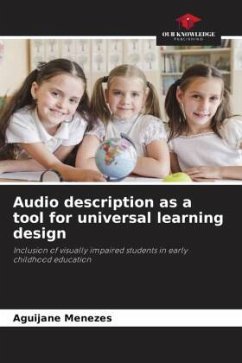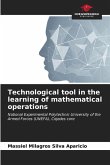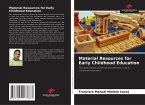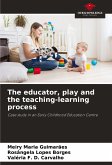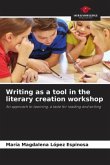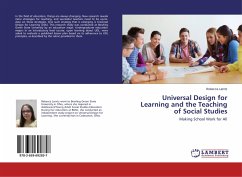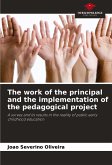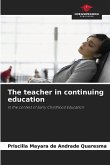This work contributes to the process of inclusion of visually impaired students in Early Childhood Education. Audio description is an Assistive Technology created to make cinema and theater accessible to blind people. In educational spaces, this technology is of fundamental importance in the process of school inclusion for people with visual impairment. The author presents the audio description as a tool of the Universal Learning Design for the inclusion of visually impaired students in Early Childhood Education. To this end, she conducted a survey of Public Policies of Inclusion of students with disabilities, which dialogue with the Universal Design for Learning and seek to build an environment conducive to learning for the largest possible number of students. Next, it presented studies on the inclusion process, specifically for children with visual impairment, and demonstrated how audiodescription can be decisive for the student who cannot see to have more and better opportunities to learn. The study concludes that the teacher who adopts well-designed strategies focused on the inclusion of students with visual impairment in early childhood education contributes to the learning of the whole class.
Bitte wählen Sie Ihr Anliegen aus.
Rechnungen
Retourenschein anfordern
Bestellstatus
Storno

